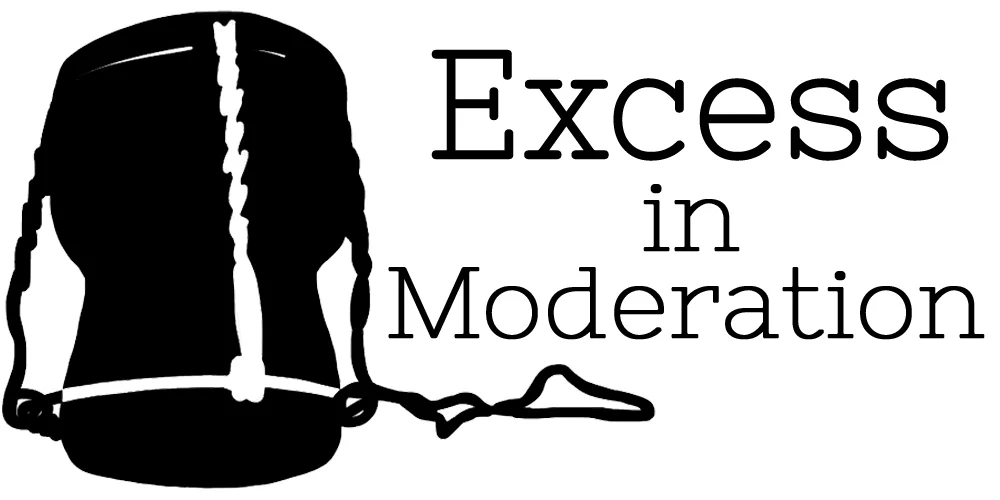This Pimple-Shrinking Hack Is Already In Your Medicine Cabinet
This story originally appeared on Allure.
You may have seen those sticky acne-treatment dots that took over Instagram a while back. Excited about anything that could help keep our skin clearer, we had to get the scoop (it's kind of what we do) and were happy to find that the science behind them was solid. It was all thanks to the hydrocolloid that the stickers are made of, our experts told us, which got us to thinking: Could there be an even cheaper alternative to those perfect little patches, perhaps something that's already sitting in our medicine cabinet?
Anyone who's ever hobbled down the block courtesy of a really cute pair of shoes that left really not-cute blisters (so basically everyone) is probably familiar with hydrocolloid bandages, even if they didn't know that's what they were called. "Hydrocolloids are a special type of bandages that absorb excess fluid, like oil and pus, which can speed healing time," says Joshua Zeichner, the director of cosmetic and clinical research in dermatology at Mount Sinai Hospital in New York City. The rubbery, translucent bandages are frequently sold for blister healing, although they're also used by medical professionals for more serious injuries, like pressure ulcers. This absorbent property makes them good for acne by helping to draw the excess oil and gunk out of pimples while also keeping inflamed spots from getting flaky and impossible to cover with concealer. Which made us wonder, could the box of blister savers we already had on hand work just as well as those fancy acne dots we've been using? "Hydrocolloid bandages all have the same backbone. While some may bespecially designed to treat acne pimples, with special additives, even those for foot blisters can help. Just cut to size and apply," says Zeichner.
In fact, there are quite a few benefits to going off-label with your blister bandages. While the specially made hydrocolloid acne dots can run up to $30 for a couple dozen single-use dots, a pack of full-size hydrocolloid bandages (which can then be cut into dozens of smaller segments) typically costs around $8. On top of being cheaper, since the full-size bandages are generally designed for spots that get a lot of wear and tear, like your feet, they often have more potent sticking power than their acne counterparts, making them perfect for those of us who toss and turn in our sleep. Another bonus? While the acne dots are pre-sized (making them difficult to place if you have several zits all in one area), you can cut up the larger bandages to size them perfectly to your skin's needs. Killing two of our biggest summer woes—acne and blisters—in one little box? What more could we ask for?

